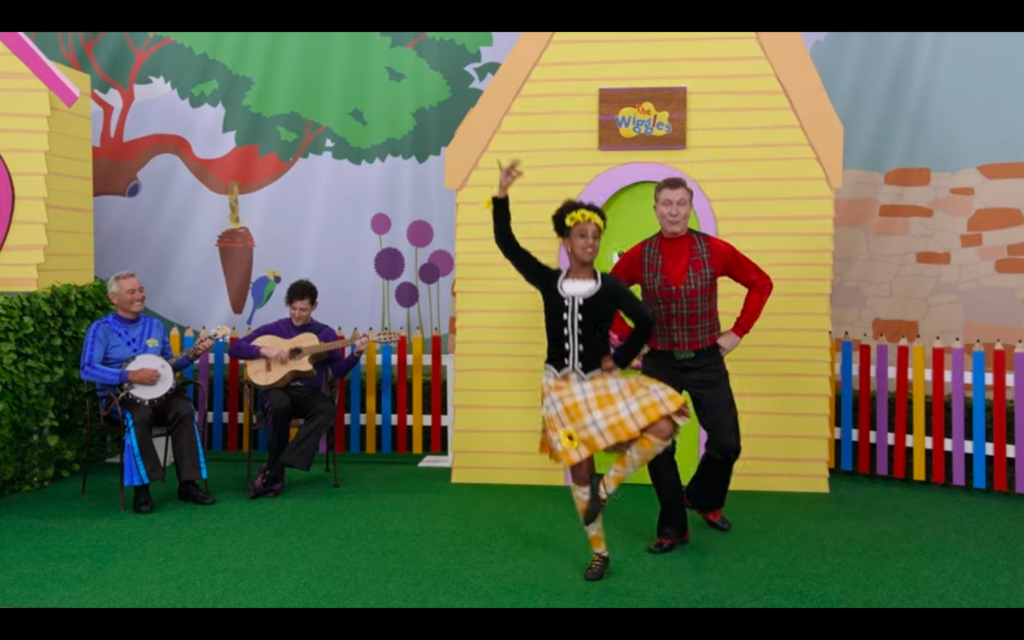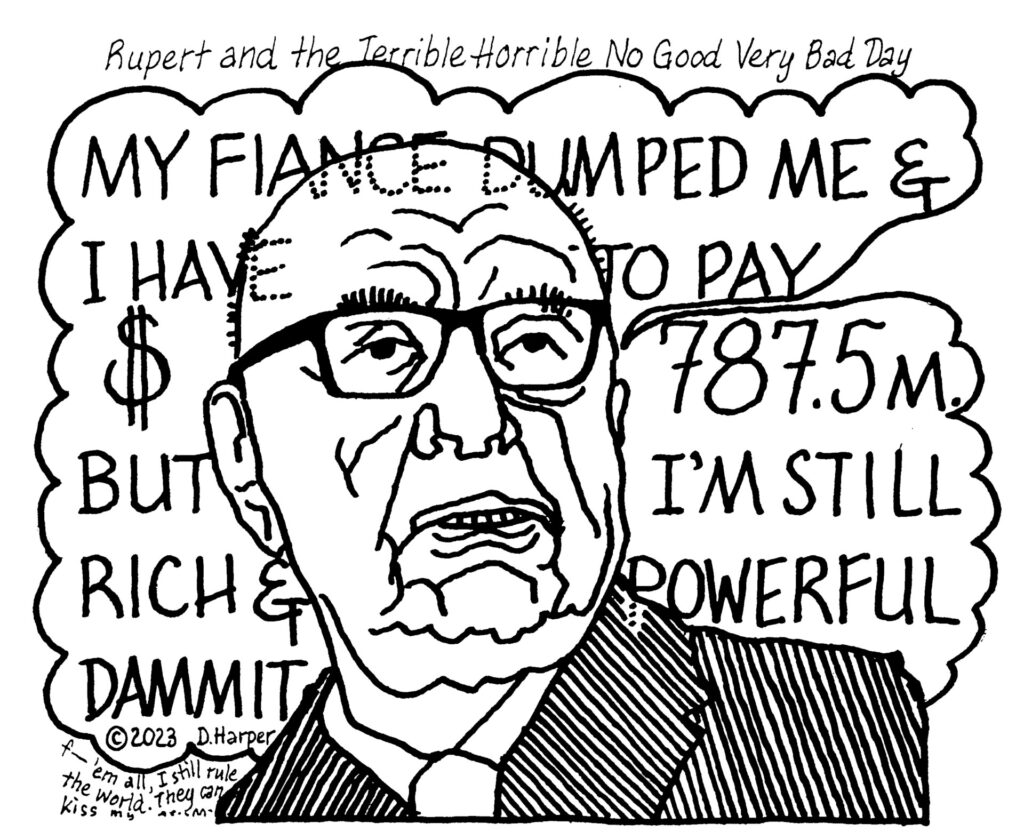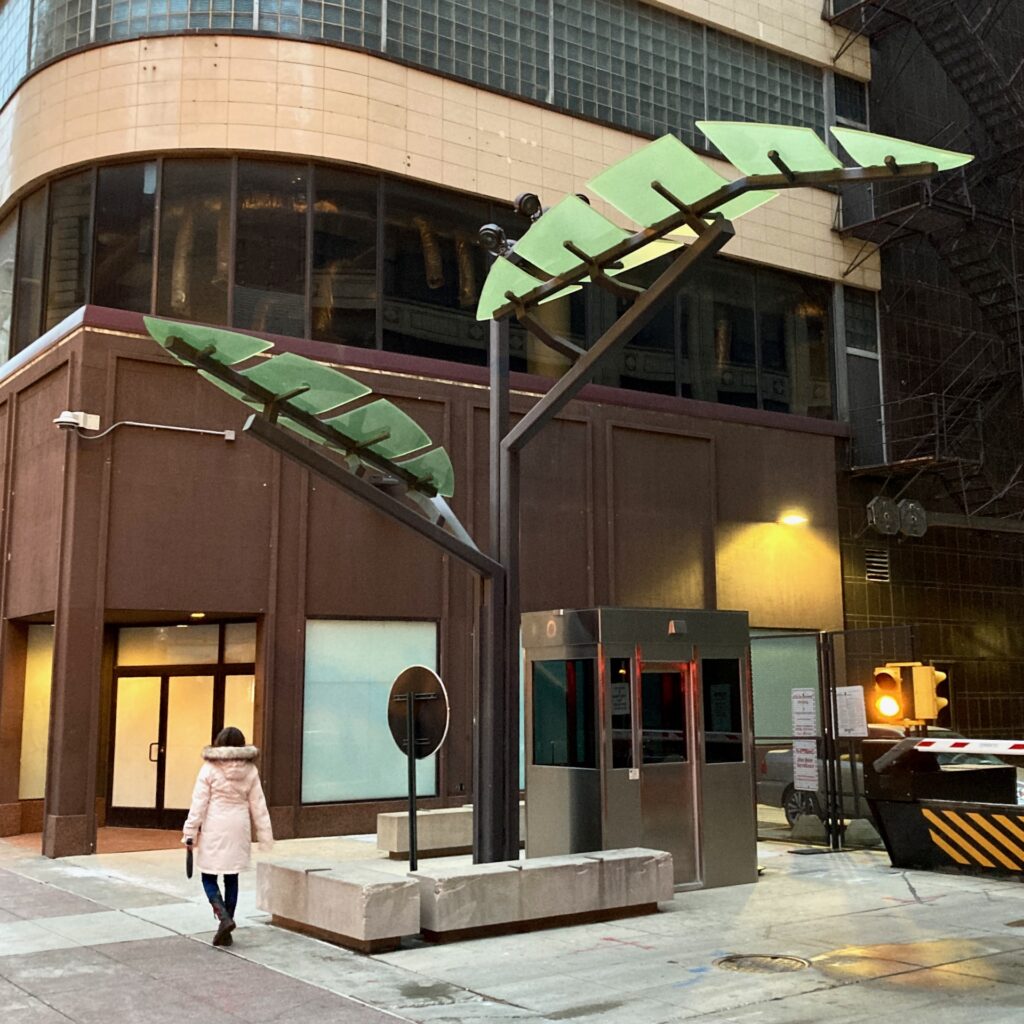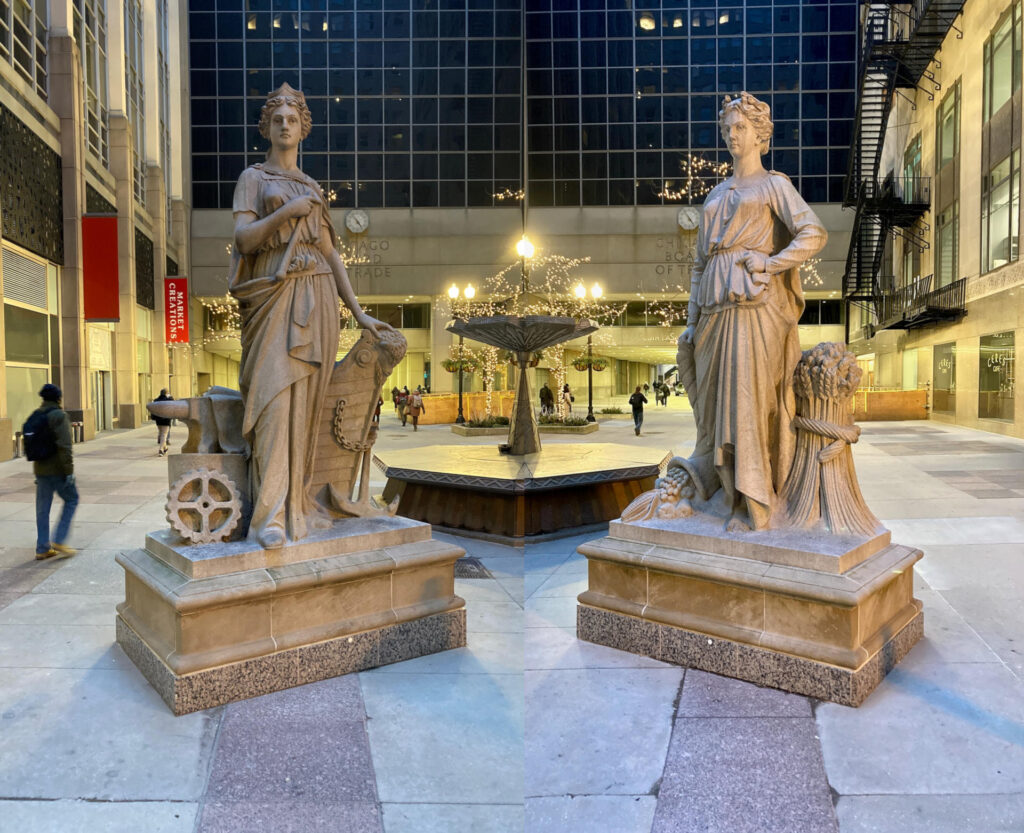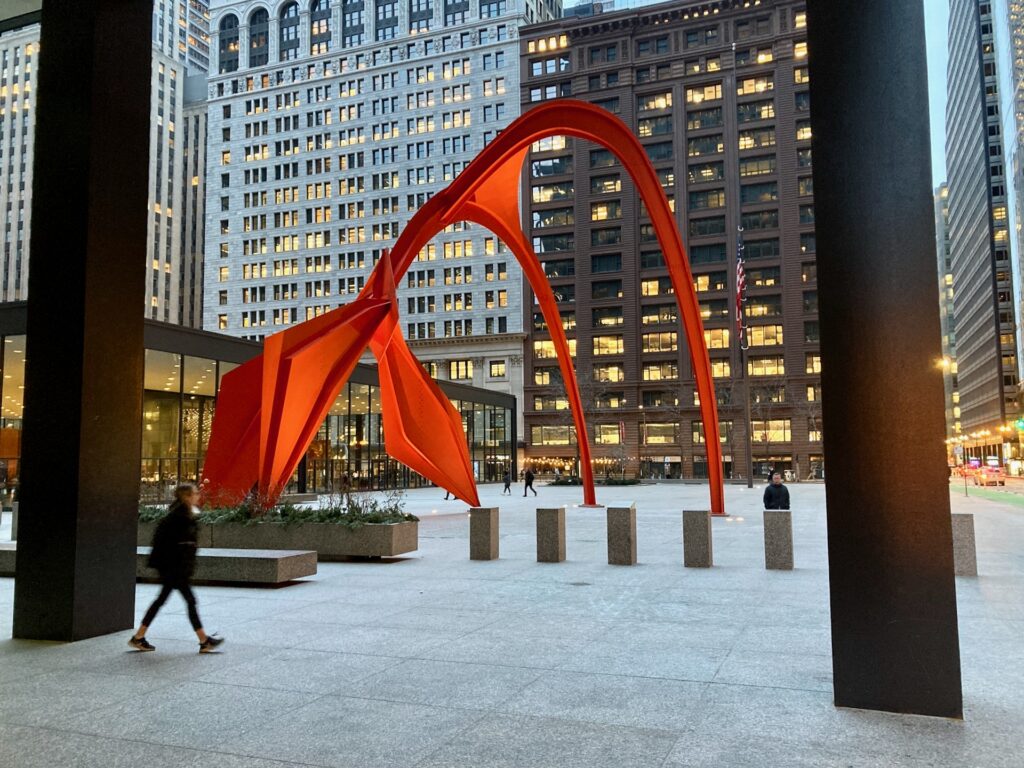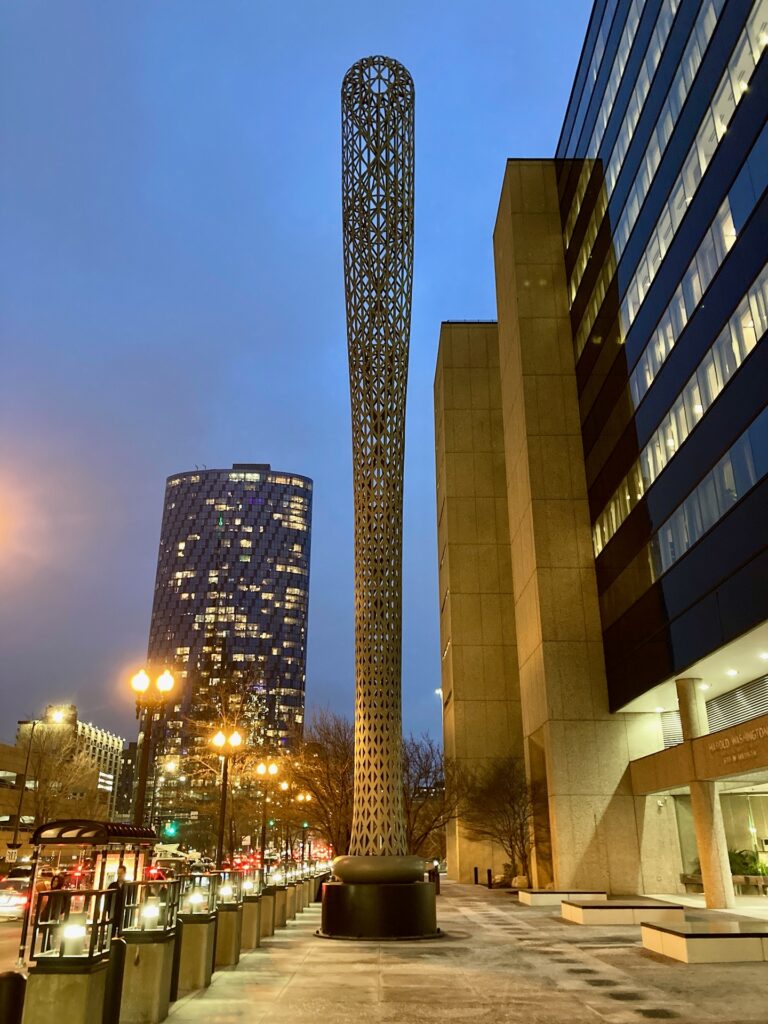Actually, they’re no longer called Unidentified Flying Objects, but rather Unidentified Anamolous Phenomena (UAP). According to the Office of the Director of National Intelligence, there were 144 UAP reported from 2004 to 2021. Although these remain unexplained, possible explanations include: airborne clutter (including “airborne debris like plastic bags); natural atmospheric phenomena; “developments [by inudstry and government] and classified programs by U.S. entities”; “foreign adversary systems”; and other possible explanations.
NASA recently held a public meeting — a video of this meeting are now available on Youtube — to cut through the cult of secrecy that has long surrounded UFOs…um, I mean UAP. Previously, NASA has spent all its energy debunking UFO sightings. Now NASA is trying to be more open its data collection and data analysis efforts. So, as you’d expect, one of the questions they got during the public meeting was: “What is NASA hiding?”
No amount of public meetings is going to convince people that NASA has nothing to hide. Belief in UFOs is now a part of the U.S. mythos, and the mythos of other so-called developed countries. There are even New Religions Movements based on UFOs, most notably Raelism, for which the influence of extraterrestrial intelligence on humanity is integral to their worldview. Many of these New Religious Movements now downplay any mention of UFOs or alien intelligences (for example, Unarius Academy of Science and Scientology emphasize their self-development coursework, not UFOs). Nevertheless, belief in UFOs remains central to the U.S. mythos. One meeting my NASA is not going to dislodge this firmly-held belief.

